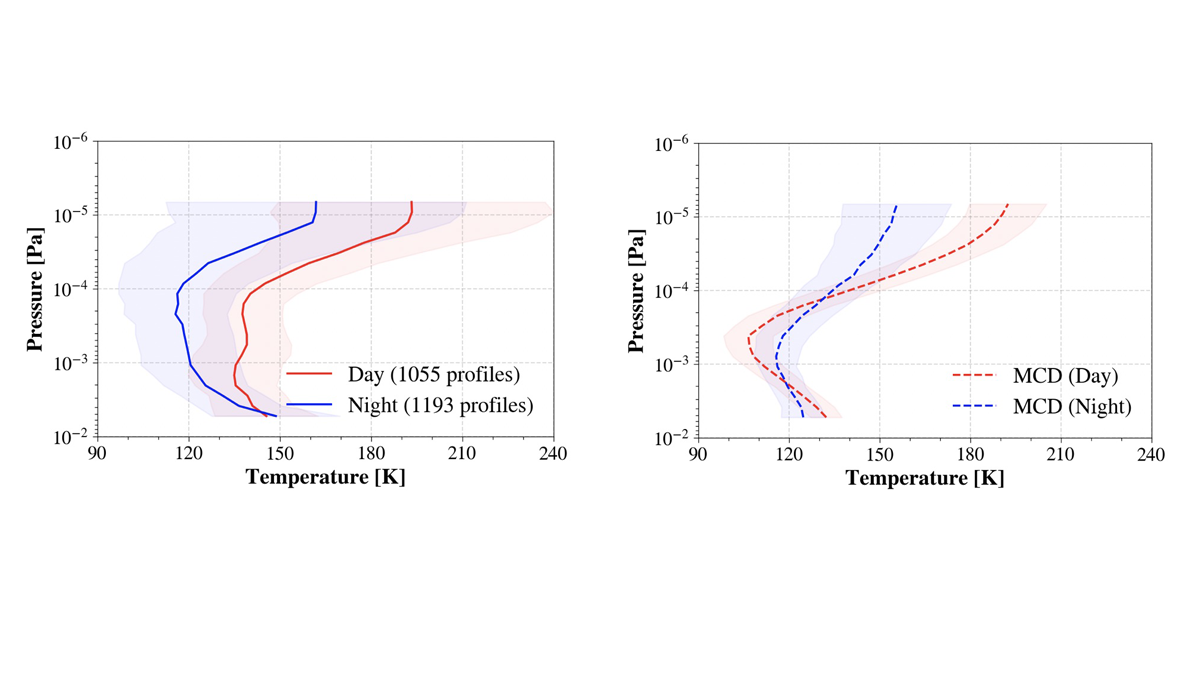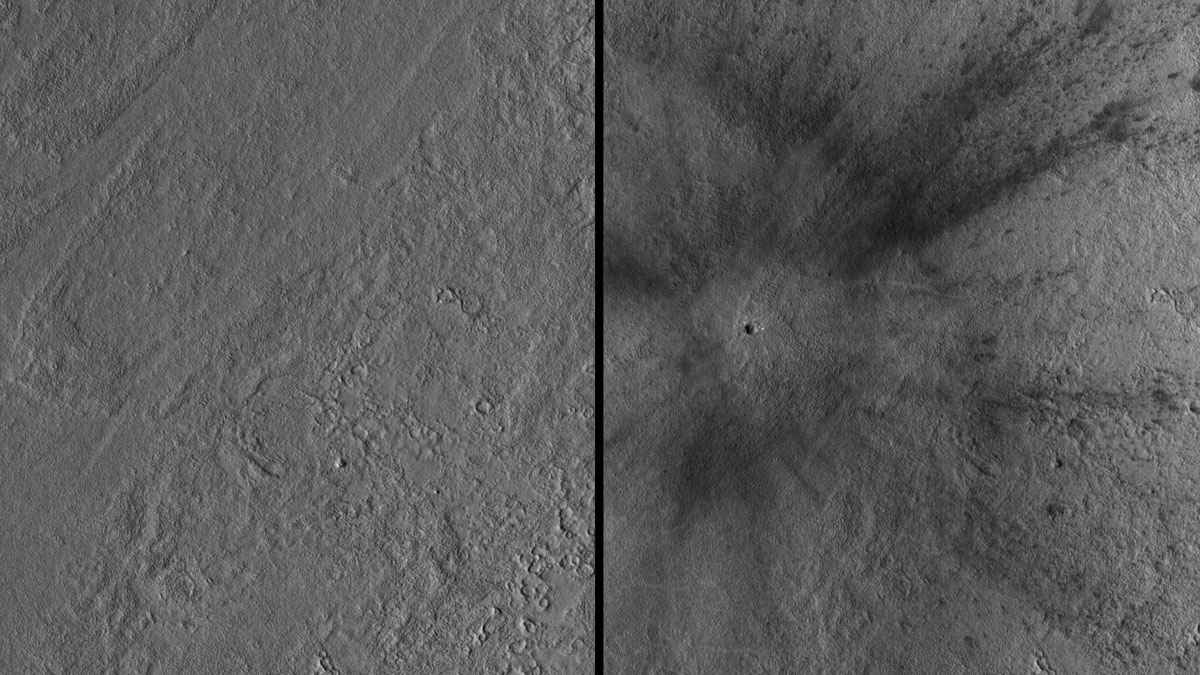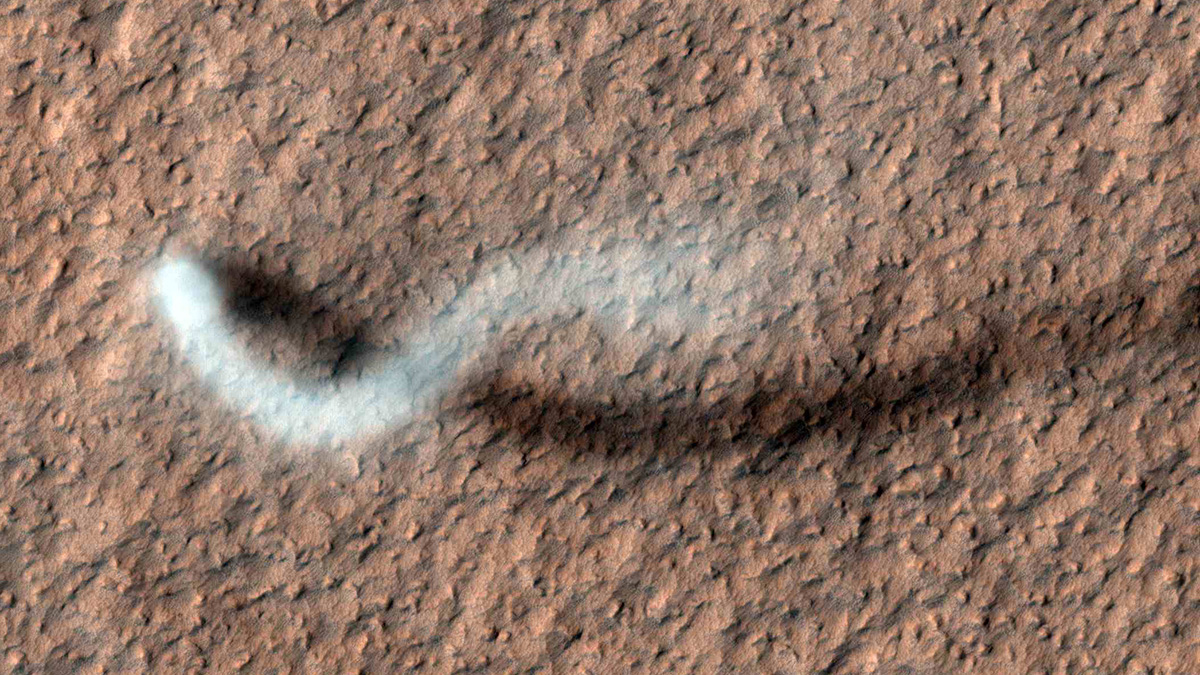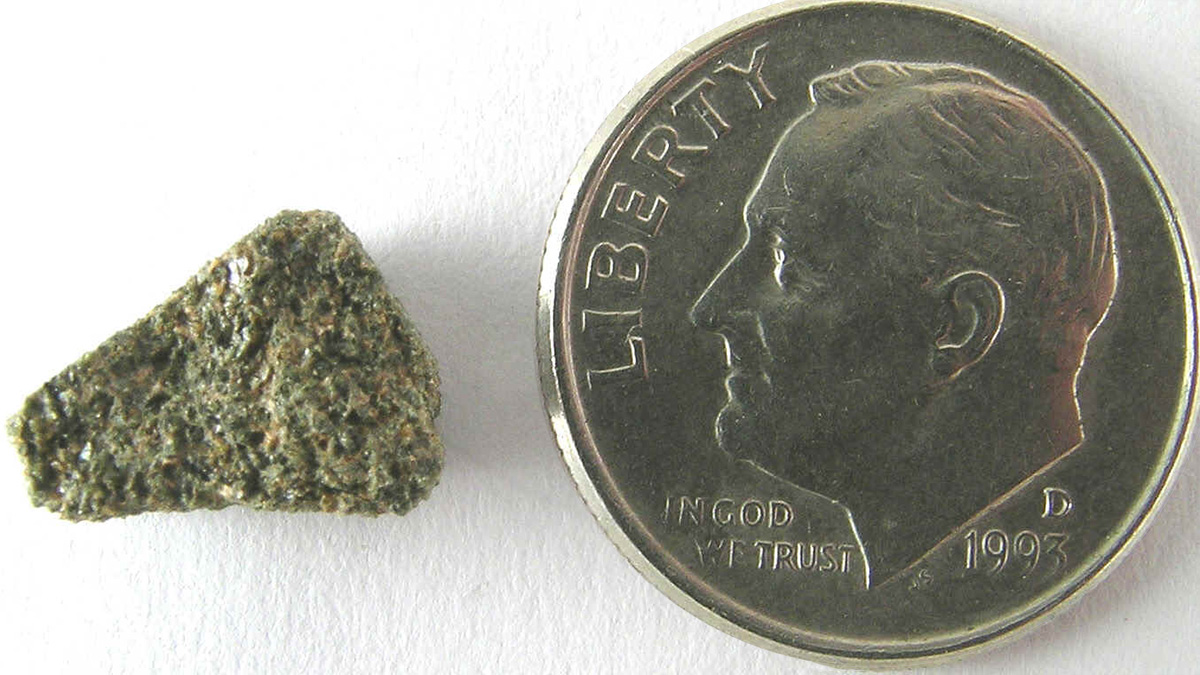Imágenes de alta resolución de paleolagos recientemente descubiertos en Marte demuestran un período de su historia con flujo de agua constante.
Mars
Dust on Mars? The Answer, My Friend, is Blowin’ in the Wind
The first flights of a helicopter on another planet are used to study dust lifting and mobilization in Jezero Crater, Mars.
Wind Could Power Future Settlements on Mars
Using a sophisticated global climate model adapted to Mars, space scientists explore the hidden potential of wind energy on the Red Planet.
Does This Mineral Indicate Oxygen on Mars?
Manganese oxides are thought to be a signature of atmospheric oxygen. But on the Red Planet, recent results suggest they might be more of a red herring.
Unprecedented Constraint on the Martian Mesopause Temperature
The middle atmosphere of Mars is a critical region influenced by both waves from below and solar radiation from above, but until now there have been very few observational constraints on this region.
Meteor Impact Could Inform Martian Mysteries
The impact sent surface waves rippling over the Martian surface all the way to NASA’s InSight lander, giving scientists a rare view of the planet’s outer layer.
NASA’s Perseverance Rover Records the First Sounds of a Dust Devil on Mars
In a stroke of luck, the SuperCam microphone on Perseverance was turned on the moment a dust devil swept directly over the rover.
Long-Lived Lakes Reveal a History of Water on Mars
High-resolution imagery of newly discovered paleolakes shows a period of consistent liquid water flow.
Martian Meteorites Offer a Tantalizing Glimpse of the Red Planet
By studying these literal chunks of Mars, scientists are learning more about the Red Planet’s deep interior and impact history.
Powerful Impact Provides Insight into Deep Structure of Mars
Seismic signals detected by the InSight lander show that the planet’s lower mantle may be less homogenous than previous models have suggested.










